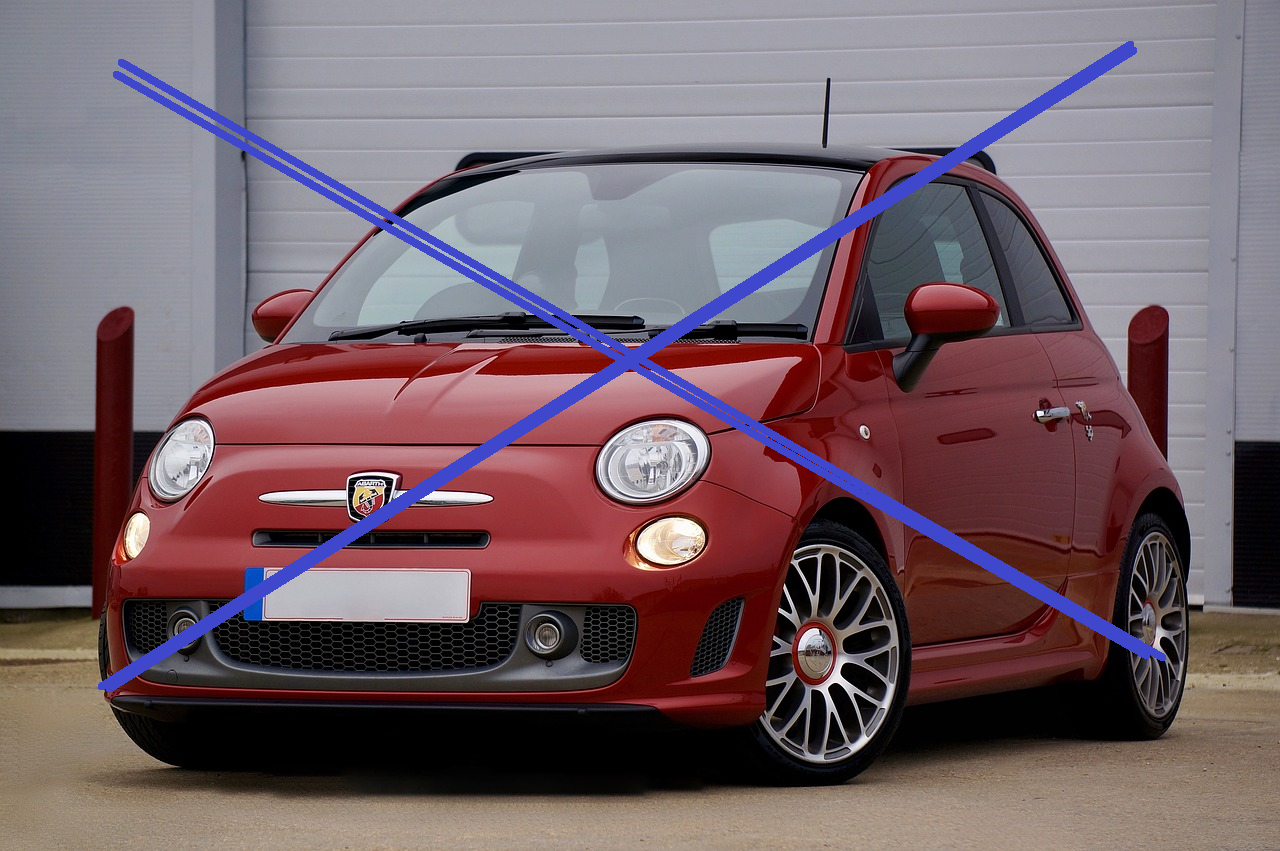Economy and business
Stellantis wants to force Italians to buy electric cars with public money, but it doesn’t want to produce them in Italy

What has happened in recent days clearly indicates Stellantis’ priorities for Italy and what the international group really cares about in Italy. On April 3, the Italian Ministry of Industry set up a table to discuss the future of Mirafiori and the Italian car.
The CEO of Stellantis, Carlos Tavares, was not there. Davide Mele, the group’s head of corporate affairs, was there, but not the CEO. The Portuguese manager was actually required to take part in the green discussion during the same hours as the Freedom of Mobility Forum, a virtual lab that the car company itself established in 2023. Lab that, moreover, as Il Giornale noted yesterday, included students from three major universities in France, the U.S., and Morocco in the program, ignoring Italy. Tavares believes that there is no future in Italy’s automotive industry.
Between the future of the planet and the future of Mirafiori, the Stellantis CEO nevertheless chose to address the former by talking about decarbonization and sustainable car sharing.
In Rome, on the other hand, there was talk at Mimit, the Italian ministry for industry, with little in the way of guarantees on the conditions jointly set by Minister Adolfo Urso and the unions: to produce at least 200,000 vehicles a year in the Piedmont factory and immediately a new car model that is capable of making large volumes and meets the needs of the Italian market.
“In national logic, it means reaching the goal, confirmed several times by the company, of one million vehicles made in Italy,” Urso said. Recalling that models, such as the electric SUV and Maserati, aimed substantially at the foreign market, are produced in Turin. “At Mirafiori, we must start again with a shared perspective, and to do this, it is necessary for the company to clarify with which models, with which production, and therefore, consequently, with which employment levels this goal can be achieved,” Urso added, because “we need clear answers on the basis of which a national plan on automotive can be realized that allows the safeguarding of the supply chain of an induced jewel made in Italy.”
86,000 cars were produced at Mirafiori in 2023, not the desired 200,000, but a sharp contraction is announced for the current year because the electric Fiat Soo, in addition to being a model with an old and expensive technology, has little demand and the Maserati lines are almost completely stopped. So no 200,000 cars; indeed, many fewer than the 86,000 in 2023.
But how has the group responded? “Without wanting to sound too parochial but simply objective, Turin, with Mirafiori and all of Piedmont, is, and will be in the future, the city or region from which everything starts, the beating heart of decisions that are not limited only to our country but that involve all of Stellantis worldwide activity,” Mele assured. Two models were produced in Mirafiori, on which we counted rising sales during the year,” Mele explained, adding that “all models currently in production and future ones are and will be 100 percent designed, developed, and produced in Italy.” These are just words, however, and, for now, Turin, home of the Italian car with Lancia, Fiat, and Bertone, is a city destined for a future outside the car.
At the same time, however, Stellantis was beating the drum. The group manager also added, however, that “last February 1, after a year of gestation, important new incentives for the development of the automotive sector were announced,” but “to date we still have no certainty as to when these measures will actually be operational. And, in the meantime, the market continues to lose steam, relegating Italy to the European tail-end in the development of four-wheel electrification, with an mbc of the electric market around 2-3%, compared to a European average of 13% and a 16% share of incentivized markets such as France.” Italians do not like expensive electric cars, not only French but also German or American.
The answer, quindidi Stellantis, would be to force Italy, or rather the Italians, to buy more electric cars, or have the government give more incentives to buy EV cars. Of course, he does not mention Stellantis’ need to build better electric cars that are more affordable, more reliable, and meet the needs of consumers. No, everything has to be achieved with public subsidies.
No answer, then, came on the possibility of making a hybrid model suitable for the domestic market there, nor on the fate of Grugliasco, nor on the site where the electric cars of the Chinese partner Leapmotor, which seemed to be due to land in Mirafiori, will be made. Mele reportedly confined himself to saying yesterday that Leapmotor has not yet decided whether to produce an electric car in Poland, contrary to rumors revived in late March by the Reuters news agency. Even this proposal by Stellantis turned out to be only an illusion.
So everyone is dissatisfied with the Stellantis meeting, so no cars will be built in Italy that will be appreciated by Italian citizens. On the contrary, we have the semi-monopolist of the industry who wants to force Italian citizens to buy cars that are not appreciated with public money. At this point, why not give this money to a less arrogant manufacturer and thus create a minimum of competition in the industry? Stellantis is not the only group in the auto industry; in fact, it is a group, eventually secondary.






